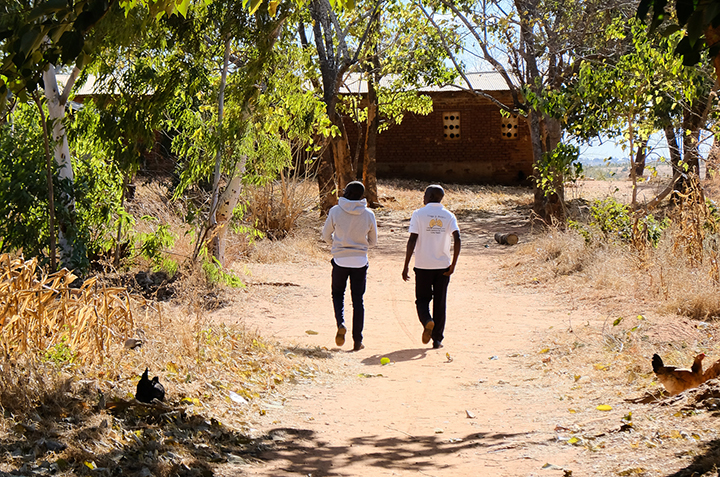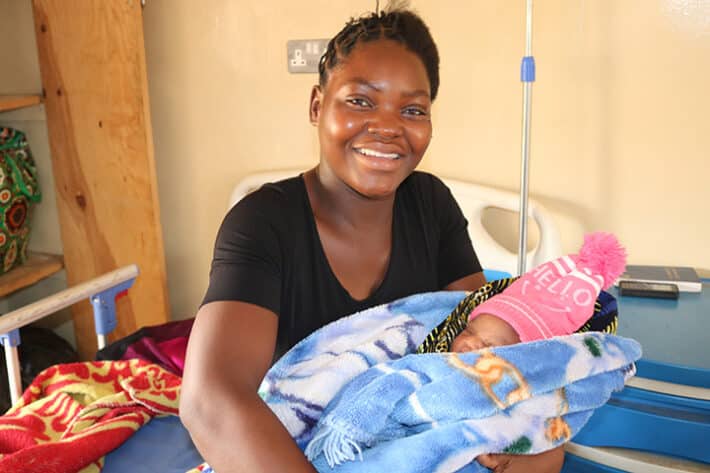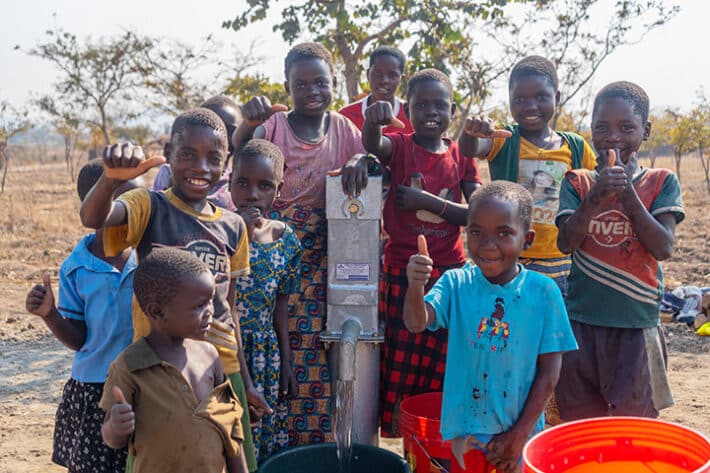The Culture of Malawi: Tribes of Malawi


The Culture of Malawi: Tribes of Malawi
Malawi is a land rich in culture and traditions which have been created over centuries by the indigenous tribes of Malawi. The many ethnic groups of Malawi overlap in the areas they live, but individual tribes tend to gather in certain parts of the country. The Chewa people are the most numerous and their language, Chichewa, is the national language of Malawi. There are many other tribes, including Yao, Tumbuka, Sena, Lomwe, Nkhonde, Ngoni, Mang’anja, Lambya, Sukwa. The languages spoken by these tribes are all Bantu languages, as are most African languages. Read more about the languages of Malawi in this blog.
Today’s blog focuses on the four most populous tribes of Malawi: Chewa, Yao, Tumbuka, and Sena.
Chewa
The Chewa people hold the place of being the most common tribe of Malawi. Originating in what is now the Democratic Republic of Congo, these people migrated into Zambia and then Malawi hundreds of years ago. Chewa tradition holds that the first Chewa kingdom was established in the late 1400s, with later contact occurring between the Chewa and Portuguese traders.
Chewa is a matrilineal society with women holding a special place as those who reproduce the lineage. In the past, those of the Chewa tribe also were given special tattoos symbolizing their membership and place in the tribe. The Chewa people number about 9 million in present day Malawi, with tribal chiefs still holding an important role in their society.
Yao
The Yao people are a primarily Muslim tribe who live around the southern end of Lake Malawi. Their tribe numbers about 2 million presently, and live not only in Malawi but also in Mozambique and Tanzania.
The Yao people are primarily fishermen, farmers and traders, having settled in Malawi in the late 1800s. After converting the entire Yao people to Islam in 1870, the Yao became one of the first tribes in the area to be literate and have working scribes who translated Islamic literature into the native Yao language.
Tumbuka
Having migrated to Malawi from what is now the Democratic Republic of Congo, the Tumbuka people were driven out of the Luba area by a warrior tribe in the 1400s, resulting in their settlement in other areas of southeastern Africa. Today, the Tumbuka people are officially Christian but retain much of their traditional belief structure including witchcraft, folk medicine, and belief in the sun god, Chiuta.
Sena
The Sena tribe has about 2 million members, three quarters of which live in Mozambique and one quarter living in Malawi, having arrived there in the early 1900s as migrant laborers. Heavily influenced by the Portuguese, the Sena people are primarily Catholic, though some retain their traditional religious beliefs. The Sena people speak their native language, Chisena, which has many dialects.




